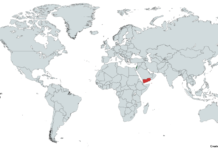A major paradigm shift in the way the internet works is possible with Web 3.0, which marks the next stage in the evolution of the web/internet. Decentralization, transparency, and user usefulness are the pillars of Web 3.0. Web 3.0 has evolved significantly from Berners-2001 Lee’s Semantic Web concept. A combination of the difficulty and expense of translating human language, with all of its nuance and diversity, into an electronic format that computers can easily understand, as well as the fact that Web 2.0 has grown significantly over the last two decades, is to blame.
Web 3.0’s key tenet is decentralization. Using unique web addresses, computers find information that is stored on a single server in Web 2.0, which uses HTTP in the form of unique web addresses. Decentralized data storage is possible with Web 3.0 since information may be found based on its content rather than its location. Large datasets currently controlled by companies like Meta and Google would be broken up, and users would regain control.
Technology-based on Semantic Web principles and natural language processing will allow computers to grasp information in a comparable way to people in Web 3.0. Data and algorithms are used to mimic how humans learn to gradually improve their accuracy in Web 3.0, which is an AI branch called “machine learning.” Rather than relying just on targeted advertising, these skills will allow computers to deliver faster and more relevant outcomes in a variety of fields, including medicine development and novel materials. From smartphones to desktop computers and even cars and sensors, individuals will be able to sell their data through decentralized data networks to ensure that they retain ownership control of the information generated. When it comes to the Internet, the Internet of Things (IoT) is a good example of how connected and pervasive information and content have become with Web 3.0.









